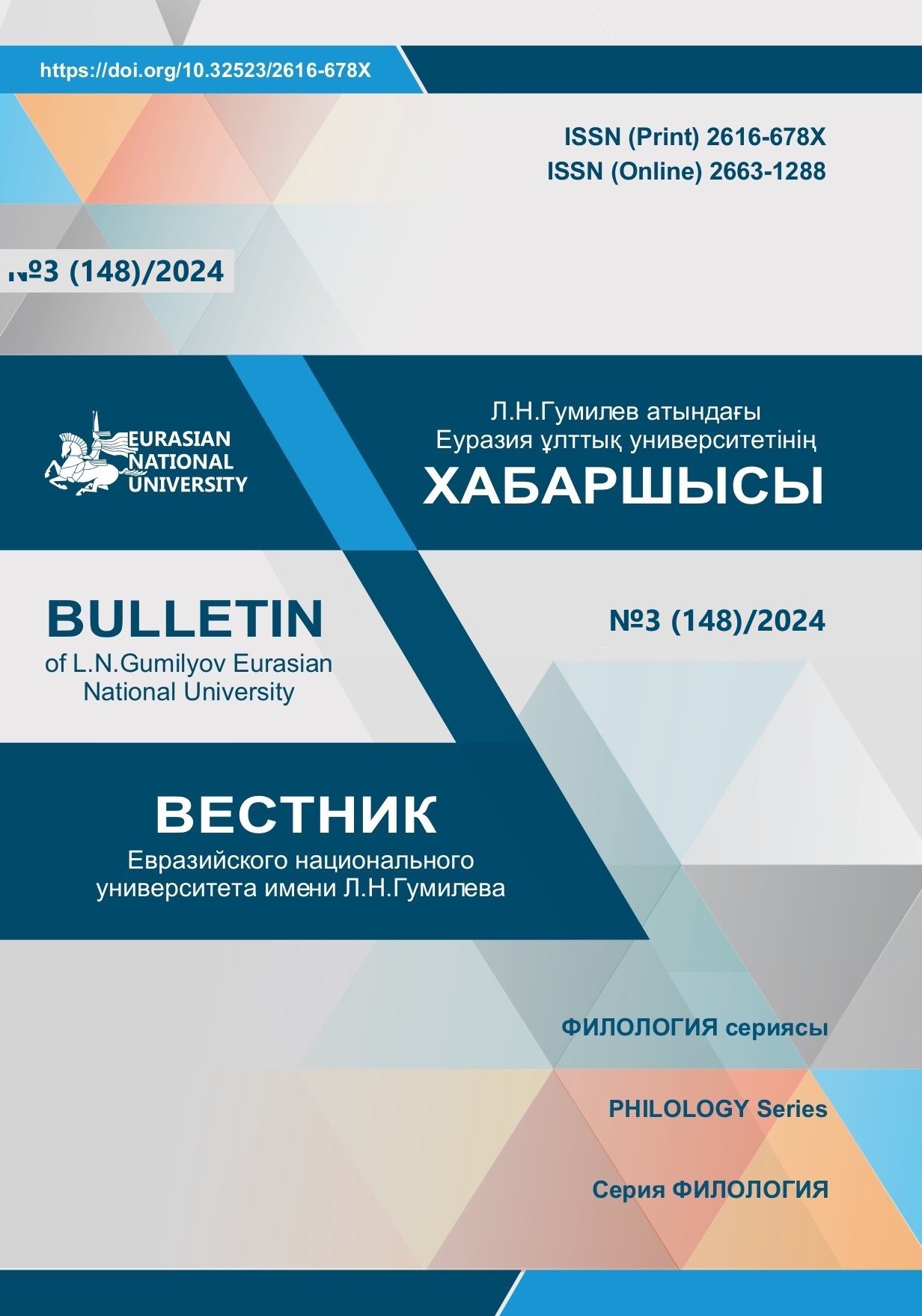STEM education: content integration in English classes (SCILLA project)
Views: 335 / PDF downloads: 196
DOI:
https://doi.org/10.32523/2616-678X-2024-148-3-251-258Keywords:
STEM education, meta-analysis, learning outcomes, scientific education.Abstract
STEM education is a progressive trend in modern education. Its aim is to develop students’ critical thinking, research abilities, engineering thinking based on scientific methods, technical applications, mathematical modelling, etc. Implementation of STEM approach will expand the boundaries of students’ thinking, bring Kazakhstani education closer to the international standard, and open new opportunities for students. Statistics on the implementation of STEM
education in the Kazakhstan education system shows that the transition in the pilot phase began in 2012, in the conditions of updated content in Nazarbayev Intellectual Schools, Haileybury, Quantum School, etc. However, at the level of university education this topic is highly significant. The application of STEMeducation technologies in teaching foreign languages is of particular interest.
The article presents an analysis of the results of the international project, which was funded under the grant program of the U.S. Mission in Kazakhstan. The article considers STEM education as a means of teaching a foreign language at the university, which allows to include students in the activities in the natural-scientific field, thus ensuring the success of future specialists in the world of constantly
changing information technologies. All this is possible due to the interdisciplinary applied nature of STEM education. In the course of the study, a meta-analysis was conducted to determine the impact of STEM educational practices on student lear ning outcomes in teaching and learning process. The research makes an overview of universities in Kazakhstan in terms of students’ demographics, language level, etc. Then the context is provided on teacher training, teacher preparation, lesson planning, a model for planning and delivering instruction to university students. This context lays the foundation for the development of an integrated STEM learning module that utilizes STEM + Language learning approach.







